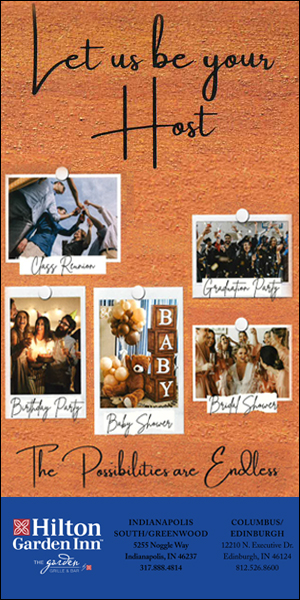
By Greg Seiter
As a hobby, amateur radio, also known as ham radio, provides an opportunity for people from around the world to communicate through designated radio frequencies. Whether through Morse Code, voice communication on a handheld device or computerized messages transmitted via satellite, amateur radio has existed in one form or another since the early 1900s.
Enthusiasts come from all walks of life and oftentimes share not only an interest in connecting with other broadcasters but in potentially helping in their communities during times of disaster when other forms of communication can be temporarily disabled. As such, local amateur radio operators formed the Mid-State Amateur Radio Club in 1984 to unify their efforts in gathering and exchanging vital community-based information in times of need.
The club, which is independent of any community, organization or political party affiliation, now serves as the official SKYWARN Repeater for Johnson County. This means it is responsible for assisting with the broadcasting of National Weather Service-related messaging.
“Most public service radios are from fixed-base locations. They require electrical power,” says MARC President Jacki Frederick. “Amateur radio operators practice regularly with batteries, portable generators, and solar- and wind-powered generators. Placing amateur radio operators at strategic locations, frequently teamed with public service representatives, can assist in the logistics of getting food, medical supplies and evacuation centers in touch with each other.”
Of course, when MARC associates meet at 8 a.m. the third Saturday of each month at the Johnson County REMC office in Franklin, it’s not all work and no play for the 70 active members.
“I’ve made contacts in Japan, Germany, Australia and along the East and West coasts of the United States,” Frederick says. “When I upgraded to my general (license), I made my first contact with a friend who lives in Austin, Texas. That was very special to me.”
Because ham radio is a federally licensed and administered radio service, operators themselves must be licensed based on the level at which they plan to participate, whether it be technician-class or general-class operators or, at the highest level, amateur extra class.
The appeal is broad-based. In fact, Frederick says there are more than 865,000 licensed amateur radio operators in the United States and several million worldwide.
“Ham radio is one of the most exciting, friendly, useful educational and high-tech hobbies around,” she says. “Hams include a diverse group of people around the world — engineers, scientists, doctors, astronauts, students, teachers, boaters, pilots, retirees and famous celebrities. You never know who you’re going to talk to ‘on-air’ next.”
Visit midstatehams.org for more information.


